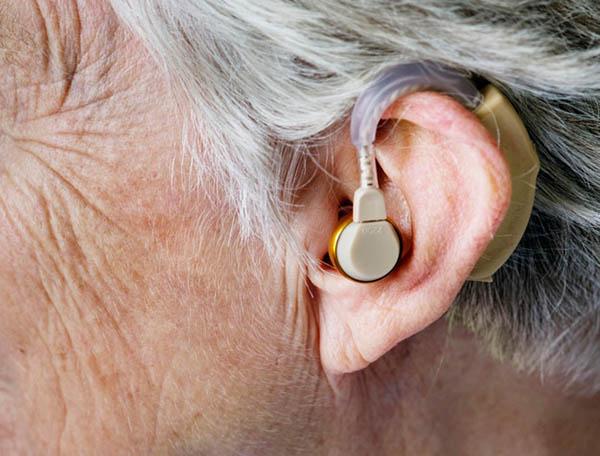 The average global age is increasing. Today more and more people are in their 60s and this opened a new market associated with assistive technology. It is a growing niche not only in terms of global sales volume, but also in terms of invention and patent registration.
The average global age is increasing. Today more and more people are in their 60s and this opened a new market associated with assistive technology. It is a growing niche not only in terms of global sales volume, but also in terms of invention and patent registration.
The World Intellectual Property Organization (WIPO) analyzed the set of patent applications in this field of assistive technology between 1998 and 2019.
The report “Ompi Tendencias Tecnológicas 2021: Tecnología de la Asistencia” (WIPO Technological Trends 2021: Assistive Technology) collects some very interesting data for those who work in the field of Intellectual Property and innovation and at Unión Andina we wanted to share these three key trends to understand this technological market characterized by strong innovation.
What is assistive technology?
This market ranges from objects as simple as a walking stick or a hearing aid to improve a person’s listening. Although now the effort of innovative companies in this field is focused on smart phone systems, sensors and software applications that help with mobility, communication, vision, or self-care of the elderly.
Today this market reaches one billion people in the world. They range from those who seek to improve their quality of life due to aging to those who suffer from a disability or who have lost some functions due to accidents or neurodegenerative diseases. This market is expected to add two billion users in the world by the year 2050.
Who are the patent leaders in assistive technology?
The main protagonists in this market are China, the United States, Europe, Japan, and South Korea. These five markets concentrate the largest number of patent applications that seek to protect before the WIPO.
The countries of the United States and Japan were the ones who dominated the development of these technologies, which range from new hearing and vision aids to a huge number of mobility devices. However, this dominance in patent applications has undergone changes in the last five years.
Now China and South Korea are the ones who star in these patent applications for assistive technology. Apart from that they are also the places where the greatest number of innovations and devices in this sector are created and designed.
What is the panorama of these patents in Latin America?
Brazil and Mexico are the only Latin American countries to appear among the top 15 applicants for these assistive technology patents.
Throughout the period analyzed by the WIPO, 324 patent families were counted in Brazil, while in Mexico 174 patent families were found.
What is the sector that promotes these innovations?
Private companies are those who lead the development of this technology and there, the top positions are held by companies specializing in assistive technology, other consumer and even companies in the automotive industry.
These companies are at the front of patent applications, but they also use utility model figures and industrial designs to protect their creations.
Further back are universities and public research organizations. In addition, independent inventors stand out in the data reported by the WIPO. Most of these creators come from China and it is an element that explains why this country is at the top of the ranking.
This complete WIPO report not only shows who are the protagonists in terms of innovation and the request for protection of their creations, but also talks about the markets expected for commercialization.
When reviewing patent statistics, it is always important to remember that patent protection is territorial and filing in each jurisdiction entails a considerable cost, so it is a direct reflection of the markets that different companies or universities want to open behind that request.
Organización Mundial de la Propiedad Intelectual (2021) Ompi Tendencias Tecnológicas 2021: Tecnología de la Asistencia. Ginebra, Suiza. (World Intellectual Property Organization (2021) WIPO Technology Trends 2021: Assistive Technology. Geneva, Switzerland) Recovered from: https://www.wipo.int/publications/es/details.jsp?id=4541
Organización Mundial de la Salud (2018) Tecnología de asistencia. (World Health Organization (2018) Assistive technology) Recovered from: https://www.who.int/es/news-room/fact-sheets/detail/assistive-technology/

